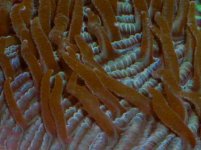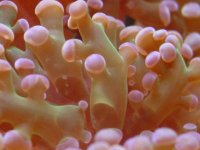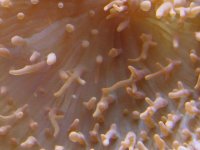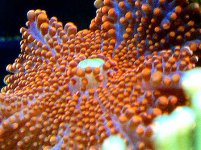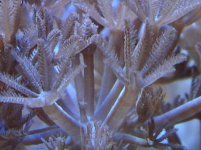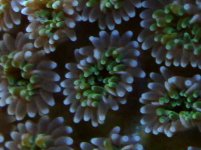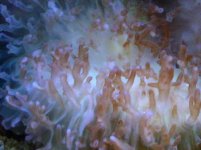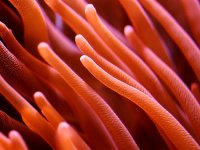You are using an out of date browser. It may not display this or other websites correctly.
You should upgrade or use an alternative browser.
You should upgrade or use an alternative browser.
Macro Gallery
- Thread starter Piero
- Start date
Hey investigator,
Thanks for the compliments. I really do credit a lot of it to my camera, but there are certain techniques that might help.
Looking at your pics, there is a possibilty to me that you're using digital zoom, which is always a no-no. Digital zoom is a really digital cropping within the cam, and images will come out pixellated.
You should consider using a tripod if you're not, especially if you're shooting with ambient light and no flash. It makes a huge difference. A camera is only as sharp as it's support, professionals will tell you. The sharpest lens and highest megapixel count is immediately ruined by vibrations.
Shoot with the lens as parallel to the glass as possible. Shooting at off-angles will reduce contrast and resolution, as well as altering perception. With on-camera flash, you'll have to shoot at an angle to avoid the bounce flash, but without flash, shoot dead ahead when possible.
Avoid shooting objects that are located more then a foot into the tank. Cameras have a tough enough time shooting through glass/acrylic, and the additional few inches of water makes it that much harder for the camera to AF and meter correctly. It also reduces contrast and dynamic range. I "cheat" by shooting mostly what's close to the glass.
Post processing tips:
WHen you sharpen, use Unsharp Mask (USM), and only do sharpening once at the very end of your post processing workflow. In other words, don't sharpen first and then do other stuff. Do it last, and prefereably once. Sometimes it's necessary to do it twice, but less is better. If only a select part needs sharpening, just sharpen that part and not the rest of the frame. FYI: I usually use USM at 0.2 - 0.3 at 500%.
I'm sure there's more stuff I left out, and I'll fill in tips as I remember them Hope that helps a bit.
Hope that helps a bit.
Thanks for the compliments. I really do credit a lot of it to my camera, but there are certain techniques that might help.
Looking at your pics, there is a possibilty to me that you're using digital zoom, which is always a no-no. Digital zoom is a really digital cropping within the cam, and images will come out pixellated.
You should consider using a tripod if you're not, especially if you're shooting with ambient light and no flash. It makes a huge difference. A camera is only as sharp as it's support, professionals will tell you. The sharpest lens and highest megapixel count is immediately ruined by vibrations.
Shoot with the lens as parallel to the glass as possible. Shooting at off-angles will reduce contrast and resolution, as well as altering perception. With on-camera flash, you'll have to shoot at an angle to avoid the bounce flash, but without flash, shoot dead ahead when possible.
Avoid shooting objects that are located more then a foot into the tank. Cameras have a tough enough time shooting through glass/acrylic, and the additional few inches of water makes it that much harder for the camera to AF and meter correctly. It also reduces contrast and dynamic range. I "cheat" by shooting mostly what's close to the glass.
Post processing tips:
WHen you sharpen, use Unsharp Mask (USM), and only do sharpening once at the very end of your post processing workflow. In other words, don't sharpen first and then do other stuff. Do it last, and prefereably once. Sometimes it's necessary to do it twice, but less is better. If only a select part needs sharpening, just sharpen that part and not the rest of the frame. FYI: I usually use USM at 0.2 - 0.3 at 500%.
I'm sure there's more stuff I left out, and I'll fill in tips as I remember them





